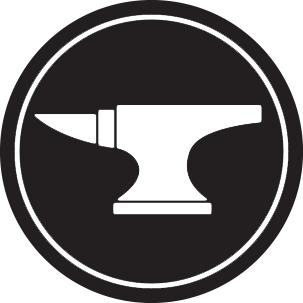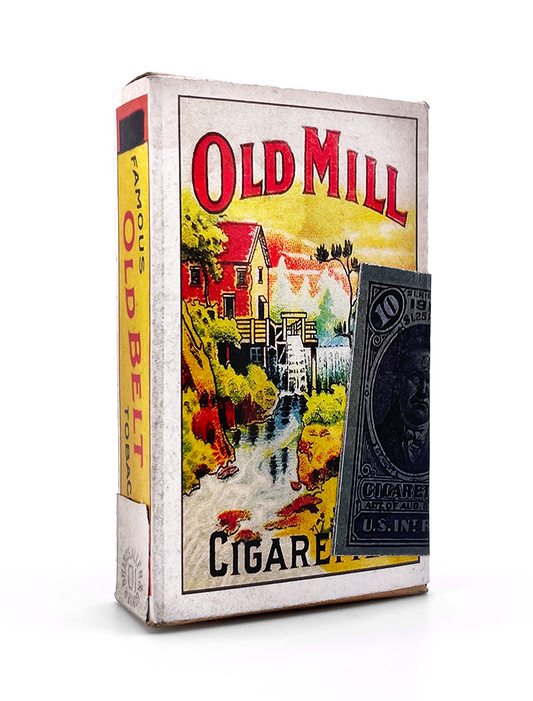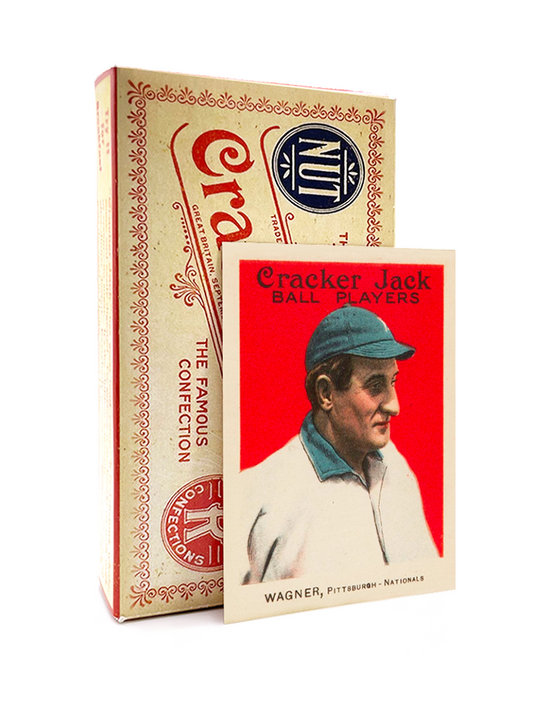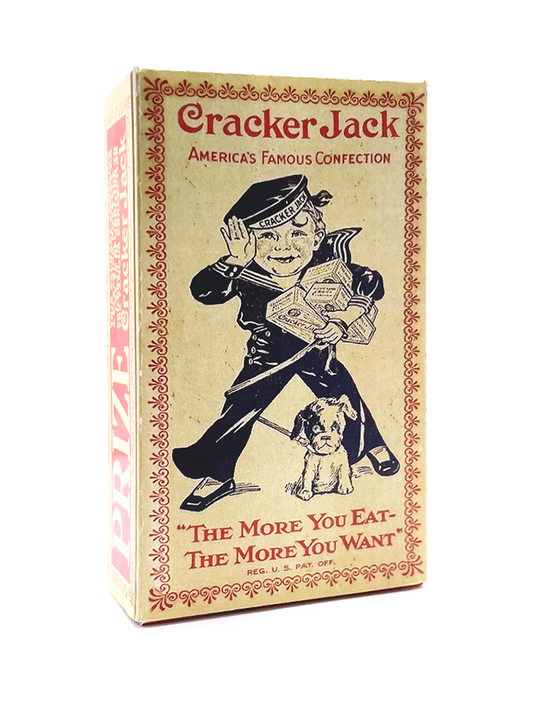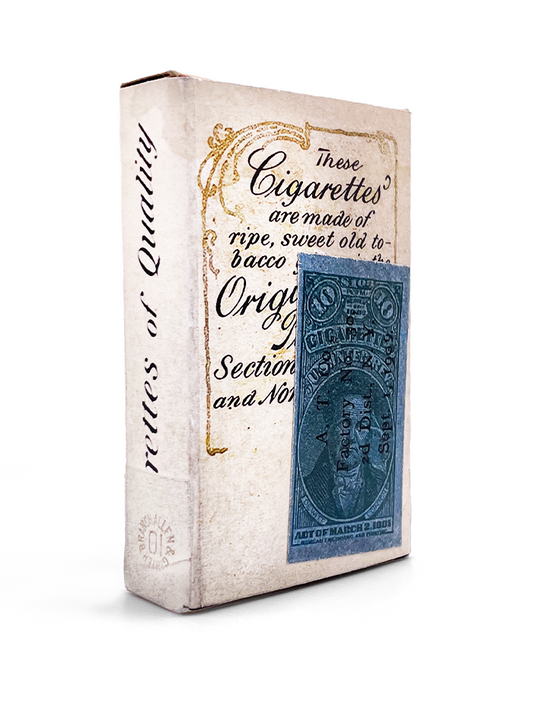
The Most Iconic Error Cards in Baseball Card History
Share
Baseball cards are beloved by collectors not just for their historical significance but also for the fascinating stories behind them. One of the most intriguing aspects of baseball card collecting is the allure of error cards. These unintentional mistakes, whether it’s a printing mishap, a photo mix-up, or a cheeky prank by a player, often become highly coveted items in the eyes of collectors. Let’s take a journey through the most iconic error cards in baseball card history and explore why these blunders have become treasured pieces.
1. 1989 Fleer Billy Ripken "F* Face" Card**
One of the most famous error cards of all time is the 1989 Fleer card featuring Billy Ripken. What seemed like a standard baseball card turned into a collector’s sensation due to a crude message on the knob of Ripken’s bat. The word “F*** Face” was clearly visible, likely meant as a joke within the team. Fleer tried to correct the mistake by releasing versions with the word covered, scribbled out, or airbrushed, but the original error card remains one of the most famous (and infamous) error cards in history.
- Why It’s Iconic: The card perfectly embodies the unexpected element of human error combined with a touch of humor, turning it into a collector’s must-have.
2. 1952 Topps Andy Pafko #1 Card
While technically not a printing error, Andy Pafko’s 1952 Topps #1 card is notorious for its unfortunate placement in the printing sheets. As the first card in the iconic 1952 Topps set, it often received the most wear and tear, making high-grade versions exceptionally rare. This “error” of placement combined with its high profile in the series, makes it a legendary piece.
- Why It’s Iconic: The condition rarity due to printing placement issues gave it a legendary status, setting the stage for the mystique around “first cards” in sets.
3. 1990 Topps Frank Thomas No Name on Front (NNOF)
Another card that has reached legendary status in the world of error cards is the 1990 Topps Frank Thomas rookie card. Known as the “No Name on Front” or NNOF, this error version was missing the slugger’s name on the front of the card. Only a small number of these cards were released, making it one of the rarest modern error cards.
- Why It’s Iconic: The Frank Thomas NNOF card is a collector’s grail due to its scarcity and the fact that it’s the rookie card of a Hall of Famer.
4. 1969 Topps Aurelio Rodriguez / Batboy Card
Topps made a curious error in its 1969 set by featuring the wrong player on Aurelio Rodriguez’s card. Instead of Rodriguez, the card features a photo of the Angels’ batboy, Leonard Garcia. This card has since become one of the most well-known and amusing errors in collecting history.
- Why It’s Iconic: The batboy’s accidental “card cameo” captures a sense of whimsy, making it a quirky and memorable error in Topps’ long history.
5. 1991 Topps Chipper Jones Rookie (Reverse Negative)
The 1991 Topps Chipper Jones rookie card had a reverse negative printing error that flipped the image on the card. As one of baseball’s biggest stars, Jones’ rookie card is already valuable, but this unique mistake makes it an even more interesting find for collectors.
- Why It’s Iconic: A rare variant of a key rookie card from one of the game's stars makes this error a standout among collectors.
6. 1974 Topps Washington Nat’l League Padres
This error is a little different from the others on the list in that it wasn't a mistake in a single card but an entire subset. In 1974, Topps mistakenly labeled San Diego Padres cards as "Washington Nat'l League" due to a rumored relocation of the Padres. When the team remained in San Diego, the corrected version was released, but the original error cards have since become collector’s items.
- Why It’s Iconic: It captures a snapshot of baseball’s uncertain history and is a set-wide error rather than an isolated card mishap.
7. 1990 Donruss Juan Gonzalez Reverse Negative
Similar to the Chipper Jones card, Donruss printed a version of Juan Gonzalez’s rookie card in 1990 with a reversed negative image. This resulted in Gonzalez appearing as a left-handed batter, which he was not, making this card an interesting variation for collectors.
- Why It’s Iconic: A rookie card with a printing error of a major player from the 90s only adds to its appeal and scarcity.
Why Collectors Love Error Cards
The appeal of error cards is multi-faceted. On one hand, collectors value them for their rarity. Error cards are often produced in smaller quantities due to the mistake being corrected, which makes them rare by default. On the other hand, error cards often have a compelling story behind them—whether it’s a crude joke that made it into circulation or a photo mix-up that nobody caught before printing. These stories add character and intrigue to the cards, making them more than just cardboard—they’re pieces of history.
The Value of Error Cards
The value of error cards can vary widely. Some, like the Billy Ripken card, are more accessible, with prices depending on the version and condition. Others, like the Frank Thomas NNOF, can fetch hundreds or even thousands of dollars at auction due to their rarity and the player’s significance. While not all error cards are worth a fortune, their uniqueness and stories make them a desirable addition to many collections.
Conclusion
Baseball card errors are not just mistakes—they’re a part of the rich tapestry of the hobby. From printing issues to cheeky pranks, these errors have become iconic over time, each with its own unique story. For collectors, they’re a reminder that even in a highly-controlled production process, little surprises can happen that leave a lasting impact on the baseball card world.
